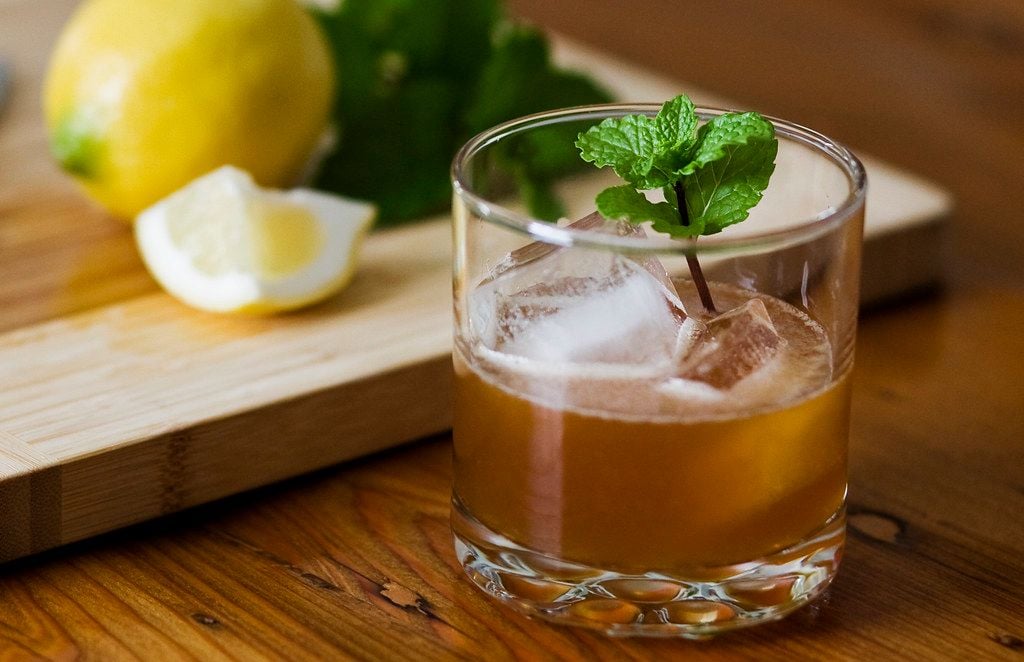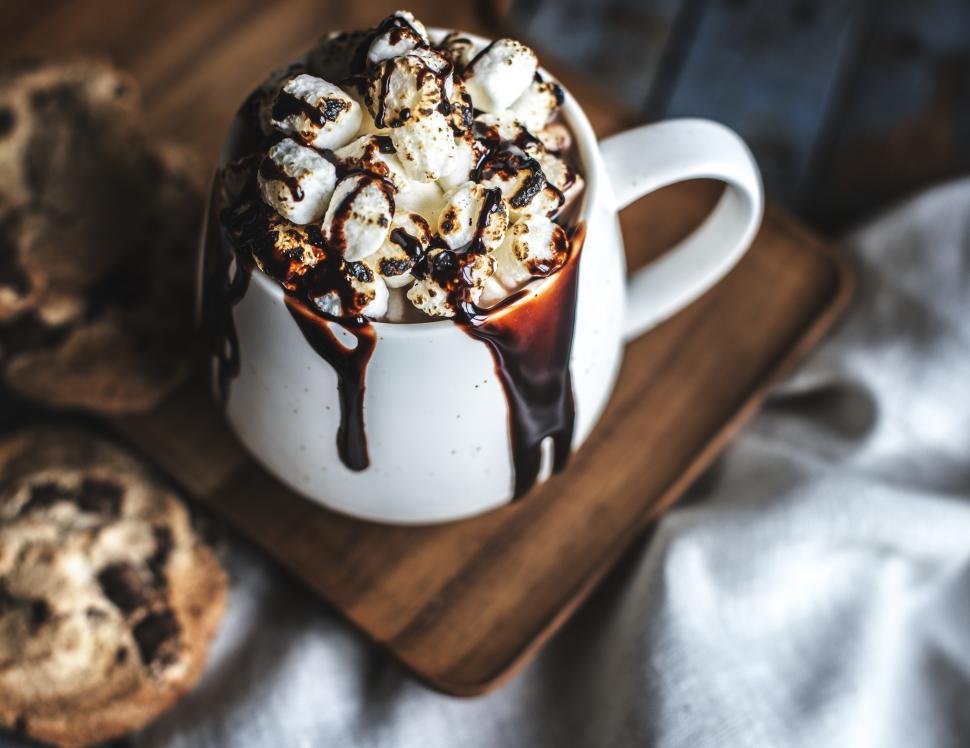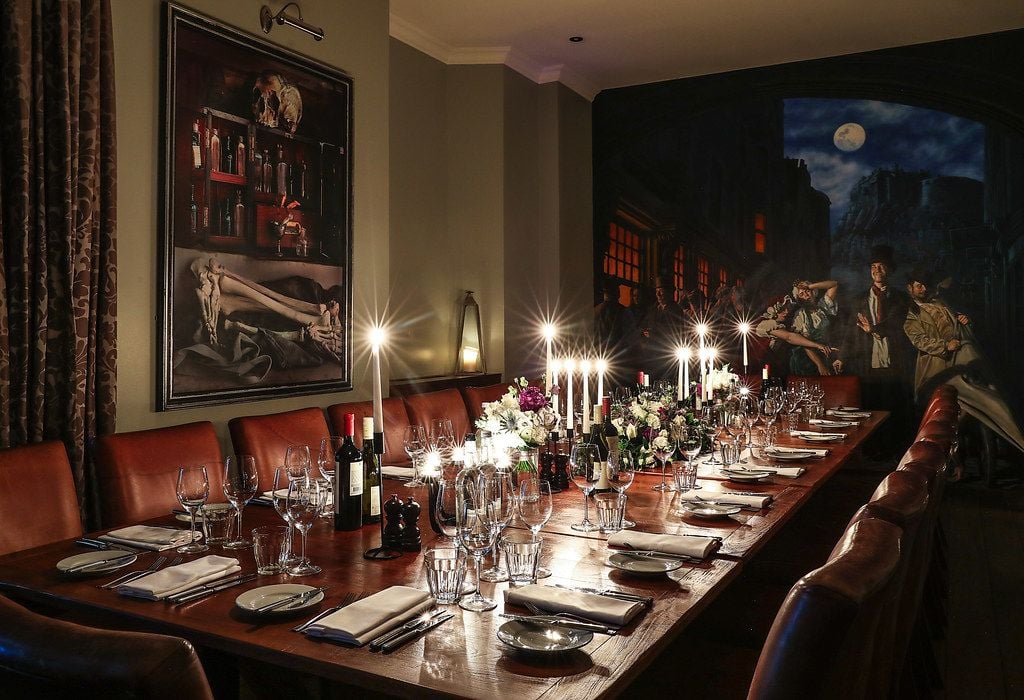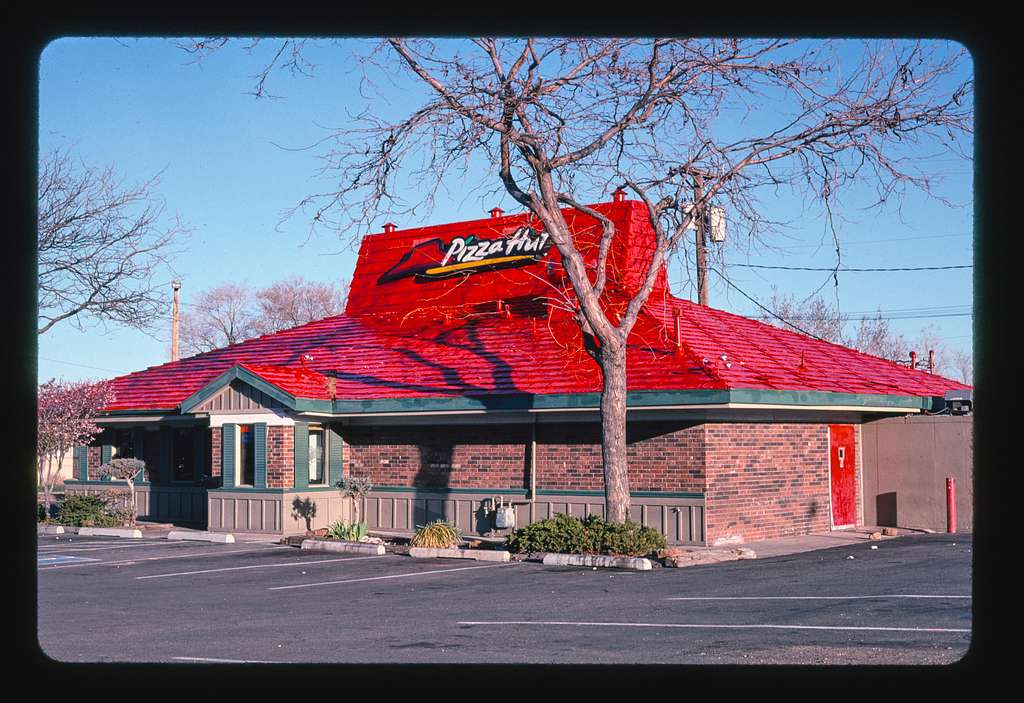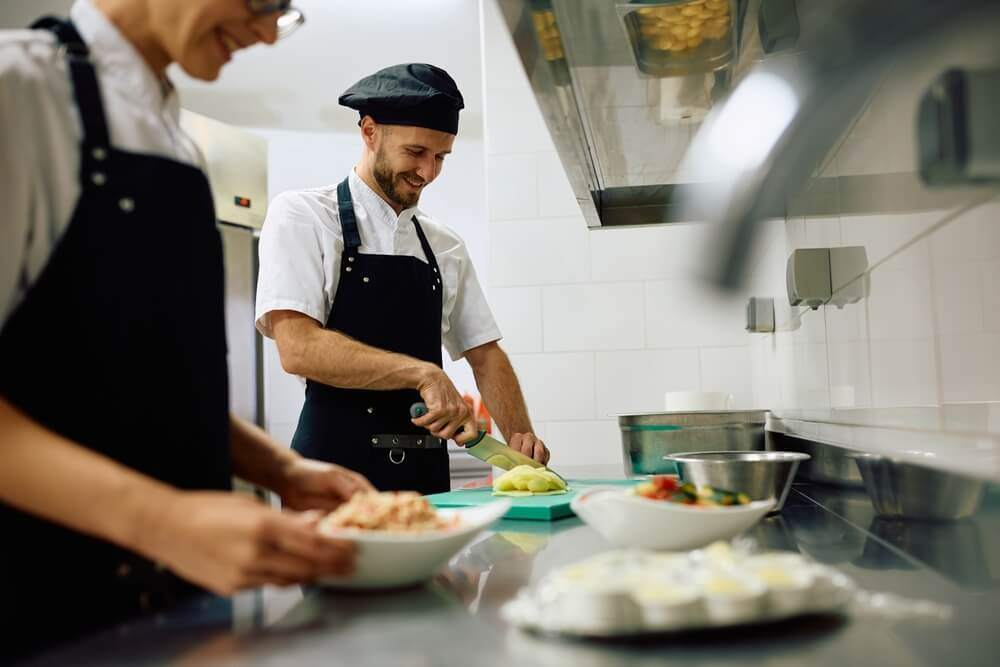
Uncorking Champagne Like a Pro: Essential Tips
- Jun 24, 2024
The iconic pop of the Champagne cork being removed often signals a celebration. The gush of bubbles and that distinctive sound can get a party going. However, true connoisseurs will tell you that avoiding a cannon-like explosion is crucial to keep things elegant and avoid a fizzy mess when uncorking a bottle of Champagne.
It's not essential to be a professional sommelier to open Champagne correctly. We've used the knowledge of various Champagne experts to show you how to do it with minimal noise, mess, and disturbance.
The process of preparing your Champagne for the perfect pour begins hours earlier. Keep the bottle in the refrigerator for at least two hours or in an ice bucket filled halfway with water for an hour. Champagne should ideally be served between 46°F and 50°F. Mathieu Roland-Billecart, 7th generation CEO of Champagne Billecart-Salmon, recommends allowing the bottle to warm slightly for 20 to 30 minutes before popping the cork. However, he warns this depends on the external temperature.
According to Todd Johnston, sommelier at Marsh House in Nashville, Tennessee, if a bottle isn't properly chilled, the CO2 particles within become more active, resulting in a potential Champagne explosion and loss of bubbles.
When removing the bottle from its cooling environment, avoid agitating it. Any unnecessary movement can stimulate the bubbles, leading to potential issues.
Johnston starts the uncorking process by cautiously loosening the wire cage surrounding the cork, but advises to leave the cage on as an extra safety measure. The risk of a cork unexpectedly popping off at a speed of up to 50 miles per hour could lead to serious injury. Draping a towel over the top can help manage any unexpected cork eruptions.
In the next stage, hold the cork and twist the bottom of the bottle. Roland-Billecart shares this technique enables better control to gradually remove the cork with less noise, especially important in older vintages.
On successful removal of the cork, you should hear a subtle pfft sound. As for opening bottles sealed with crown caps, Johnston compares it to opening a beer but urges to proceed with caution as some wines could overflow.
After the cork is removed, hold the bottle at a 45-degree angle for a few seconds, allowing the remain fizz to settle. Roland-Billecart adds that tilting the glass similarly while pouring helps preserve the bubbles.
The riskier methods involving shaking, spraying, or sabering the bottle are typically discouraged in favor of a quiet, controlled uncorking. However, according to Johnston, if you're celebrating a significant victory or inaugural boat launch, you can disregard the rules and spray away!
Once the Champagne is poured, your final step is simple: sit back and savor the bubbles.


